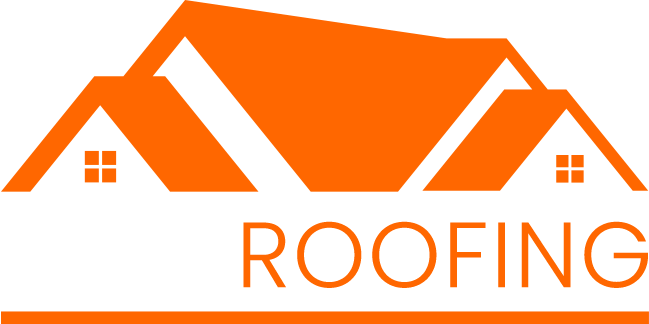Introduced in the 1960s, Modified Bitumen (mod bit) roofing systems stand out as an efficient and robust solution for commercial properties with flat or low-slope roofs. This cost-effective alternative to the traditional Built-Up Roofing (BUR) system is gaining popularity and has become an industry favorite. Modified Bitumen was developed to enhance built-up roofing systems, combining asphalt membranes with polymerized rubber or plastic and reinforcing them with fiberglass to create a sturdy yet flexible roofing material.
What Does Modified Bitumen Roofing Stand For?
Modified Bitumen roofing refers to a type of asphalt-based roofing material enhanced with polymers to improve durability, flexibility, and weather resistance. Commonly used on low-slope or flat roofs, it is often called “mod bit.” This asphalt mixture, reinforced with fiberglass or polyester, creates a roofing material that is water-tight, heat-resistant, and capable of withstanding physical weathering.
What Is Modified Bitumen Roofing Made Of?
Modified Bitumen roofing is a hybrid material that combines asphalt membranes with polymerized rubber or plastic. This mixture is reinforced with fiberglass, resulting in a roofing material that is both sturdy and flexible. It was specifically developed to improve the performance of traditional built-up roofing systems.
How Long Has Modified Bitumen Roofing Been Around?
Modified Bitumen roofing was developed in Europe in the mid-1960s and became widely used as a flat roof option starting in 1975. Its introduction marked a significant advancement in roofing technology, offering improved durability and versatility for low-slope roof systems.
What Goes Under Modified Bitumen Roofing System?
A Modified Bitumen Roofing system consists of five distinct layers, each contributing to its durability and longevity:
- Roof Deck
- Vapor Barrier
- Insulation
- Base Sheet
- Primer (optional)
What Colors Does Modified Bitumen Roofing Come In?
Modified Bitumen roofing is available in several colors, including gray, black, brown, and white. This variety allows property owners to choose a color that complements their building’s aesthetics while providing the desired functionality.
How Thick Is Modified Bitumen Roofing?
Individual sheets of Modified Bitumen roofing typically range between 120 mils (3.05 mm or 0.12 inches) and 180 mils (4.6 mm or 0.18 inches) in thickness. However, the total thickness of the system can vary depending on the inclusion of multiple layers, such as base sheets and cap sheets, which add additional depth.
What Is The Life Expectancy Of Modified Bitumen Roof?
Modified Bitumen roofing is a long-lasting material with an average lifespan of 20 years. With basic care and maintenance, it can last even longer, making it a low-maintenance and durable option for flat or low-slope roofs.
Is Modified Bitumen Roofing Hail Resistant?
Yes, Modified Bitumen roofing is generally hail-resistant. Its multilayer construction and the flexibility provided by polymer reinforcements allow it to withstand impacts, including hailstones. For enhanced protection, thicker membranes or systems with additional layers, such as a granular surface or cap sheet, can be utilized. The level of hail resistance may vary based on the specific product and installation quality.
How Much Does Modified Bitumen Roofing Cost?
The cost of Modified Bitumen roofing typically ranges from $4 to $9 per square foot. Two primary types of membranes influence pricing:
- SBS Modified Bitumen: Generally less expensive, costing around $3 to $6 per square foot.
- APP Modified Bitumen: Slightly higher in cost, ranging between $5 and $7 per square foot.
The overall cost will depend on factors such as roof size, material type, and installation complexity.



